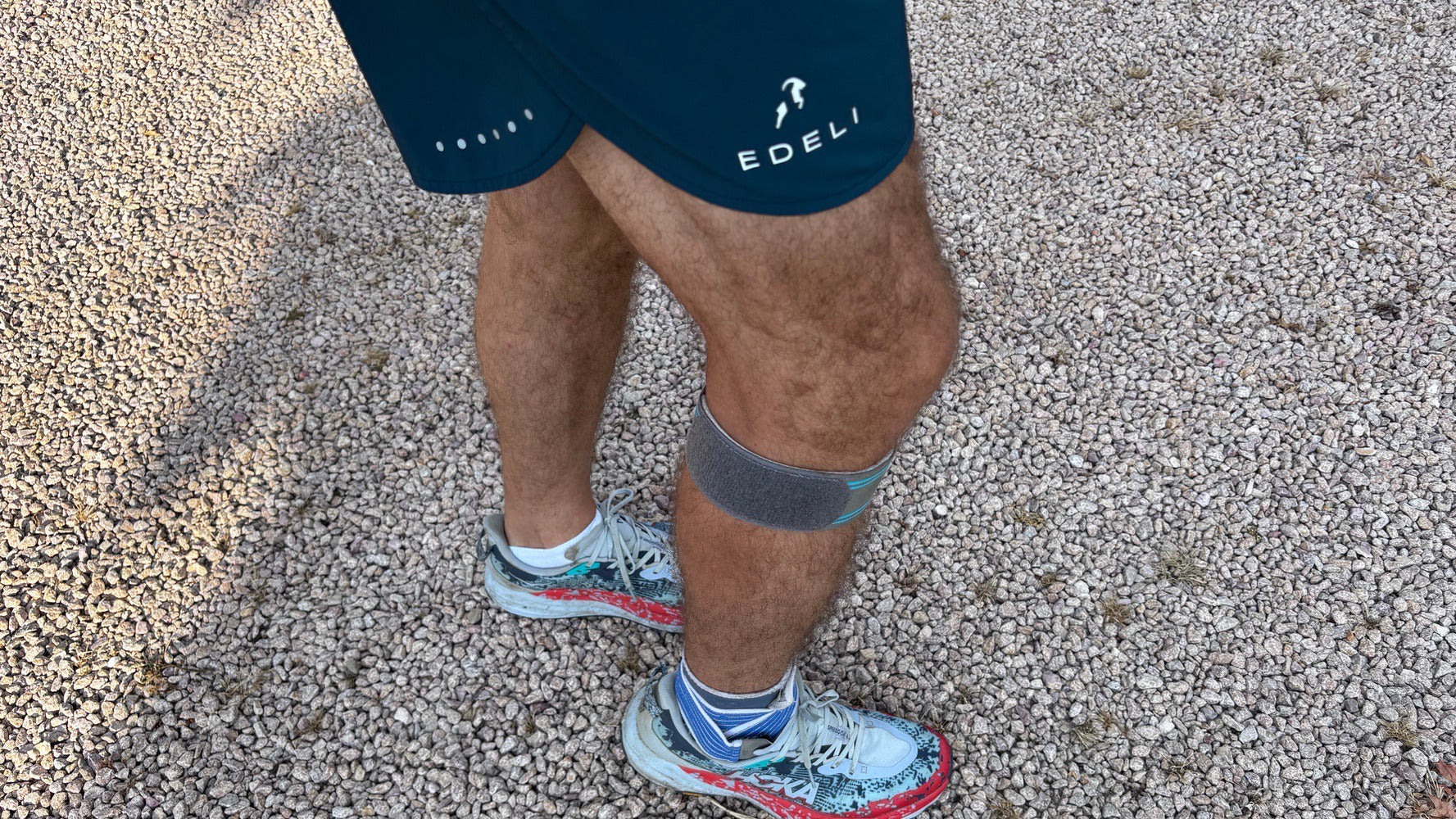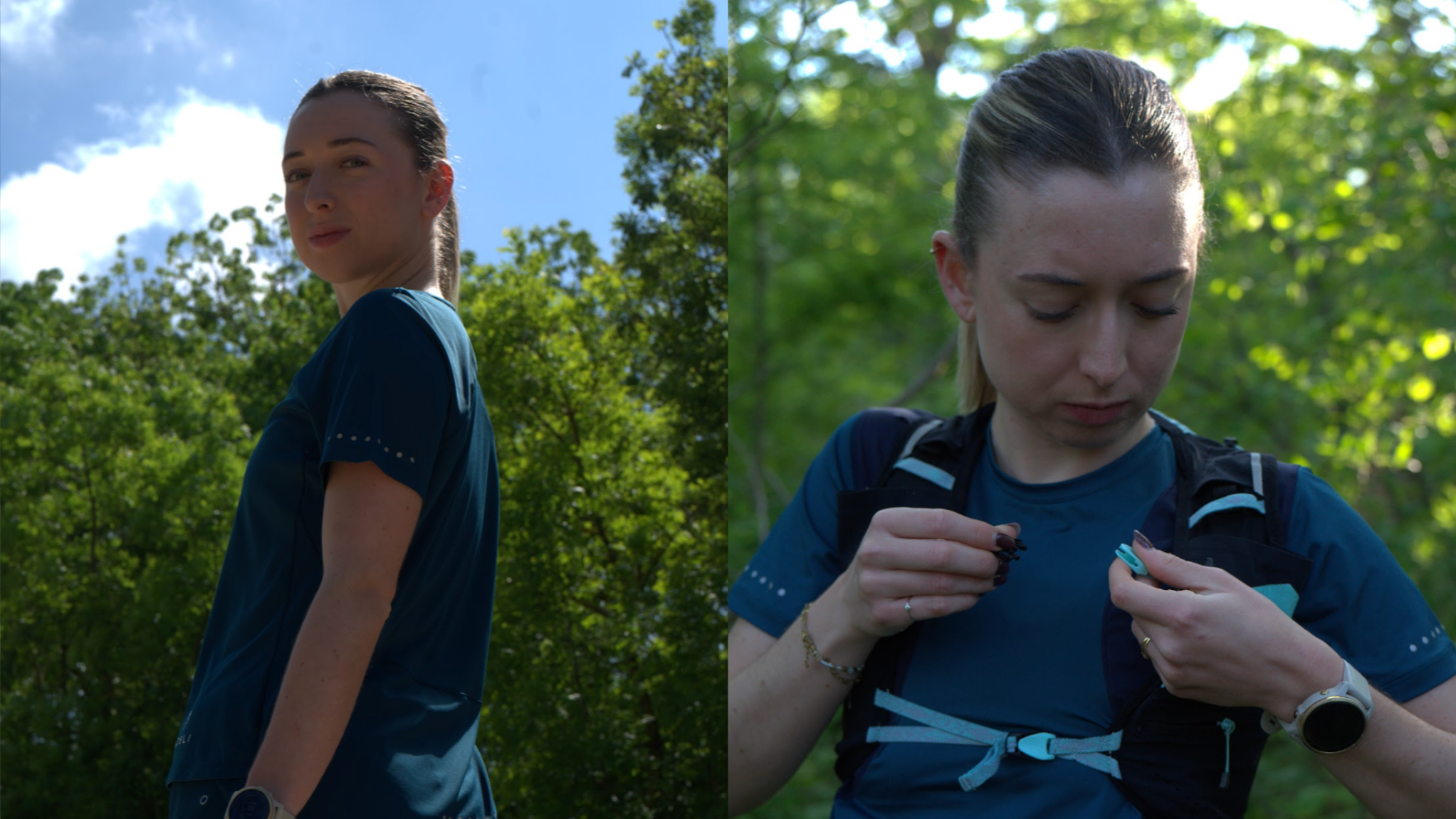
How to get back to running after an injury?
For all runners, the risk of injury exists at one point or another, whether the injury is related to a fall or a false movement while running or in everyday life, to a level of fatigue, or even while practicing another sport. Injury can occur for multiple reasons. However, when you practice running assiduously and it has become a passion, it is sometimes difficult to stop and even more difficult to have to wait before resuming training. But if you resume too quickly, too strongly, the injury can become chronic. It is therefore necessary to find the right balance between rest, recovery, care, and a gradual return to training when the time comes. In any case, it is advisable to consult your general practitioner or sports doctor in the event of an injury to establish an accurate diagnosis, be well monitored, and implement the right treatment protocol. Here are some tips for managing a possible risk of injury and, if the injury is confirmed, to ensure a return to training in the best possible conditions.
Stay aware of the pain
Pain is the first sign our body sends us when a physical problem arises. We must listen to these early signs of pain. If even relatively mild pain appears, it may be wise to stop. If it increases if you continue running, it is advisable to stop to avoid aggravating a potential injury. Finally, if the pain persists beyond a day, it is potentially a sign of an injury, which will require treatment. Sometimes, it is more of a temporary discomfort than pain that we may feel. How can we tell the difference? It is not always easy, but if the intensity of the discomfort increases and it becomes permanent, these are two additional signals to pay attention to.
Respect rest times
Recommended rest periods before resuming training can vary greatly depending on the type of injury: from one to two weeks for a mild sprain, four to eight weeks for Achilles tendonitis, and up to eight to 12 weeks for a stress fracture, for example. The most important, but also the most difficult, thing for many runners may be to respect the recommended rest periods. However, trying to resume training faster often doesn't pay off. This increases the risk of relapse and therefore the total recovery time. It's better to be patient than to try to gain a few weeks at the risk of losing many more if the injury reappears because the body hasn't had time to fully repair itself. There are generally two types of rest: total rest, meaning that during this period there should be no activity, no stress on the problematic joint or muscle, and active rest, which may include initial sessions of muscle strengthening, stretching, or weight-bearing sports such as cycling or swimming. Each of these rest periods must be followed scrupulously according to the durations recommended by your doctor or physiotherapist. Not respecting the recommended rest times is the best way to aggravate an injury, make it chronic, or even create secondary injuries by overcompensating in other areas.
Resume gradually
Any return to training should be gradual. Again, you need to be patient and take it easy. The pain should be gone when resting, walking, climbing stairs, or jogging on the spot. Muscle range of motion and strength should be relatively close to normal. Return to training on easy, flat roads or paths. The weekly volume for the first week should be at least half the volume you did before the injury. Increase frequency and distance very gradually. A simple rule of thumb is to avoid increasing your total distance or training intensity by more than 10% from one week to the next. Plan to increase the distance of your long runs very gradually, limiting the increase to, for example, 1 or 2K at most from one week to the next. Wait a few weeks before planning demanding sessions like interval or hill workouts. And pay attention to how you feel and any potential signs of a return of the injury, such as stiffness, slight swelling, or mild soreness. If none of these signs appear after several weeks of recovery, you're most likely on track to gradually return to a volume and intensity that may be similar to your pre-injury workouts.
Don't neglect muscle strengthening and flexibility
To prevent the injury from recurring or re-injuring, continue to include strength and flexibility training in your weekly schedule and don't neglect it. Strengthening your muscles, especially in the area affected by the injury, will help correct potential muscle imbalances. It also improves stability and helps reduce shock and the risk of overcompensation. For runners, the key areas to strengthen are: the core (abdominals, back) and of course the entire lower body (glutes, thighs, calves, ankles/feet). Flexibility training will contribute to better functional mobility and a greater range of motion. Improved flexibility can also prevent the onset of muscle tension or pain.
In summary, the key words for successful injury management and recovery are: stop (do not force yourself when the injury appears), rest (do not resume too quickly), progressive (do not resume too hard) and muscle strengthening-flexibility (prevent the recurrence of the injury or overcompensation and secondary injury). Gentle returns to training also guarantee greater longevity in the long run so that you can enjoy running for as long as possible.



Leave a comment
This site is protected by hCaptcha and the hCaptcha Privacy Policy and Terms of Service apply.